Recently, one of my private students reported that their band director had told all the flutes in band that you could adjust the cork placement for tuning purposes, rather like a tuning slide on a brass instrument. I would like to know where this idea originated in music education literature and pedagogy. It can be said with certainty that flute makers and professional flute teachers kindly wish that the cork assembly be put in the proper position and then left alone. Tell the kiddies to keep their hands off the crown. If the crown is loose, it should be gently snugged down and left alone. Why? Because the flute will play in tune at the pitch it was designed for, i.e. A=440 or A=442 (most flutes today at every price point are designed to play at A=442).
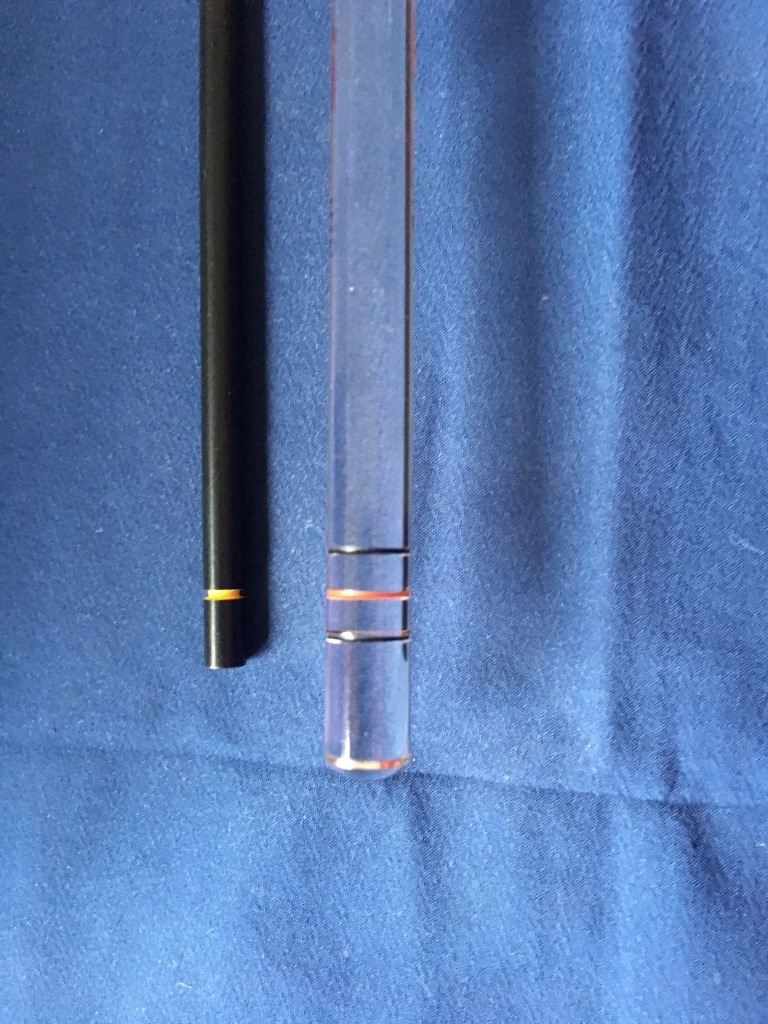
- What is the ideal placement of the cork assembly in the headjoint? 17 mm (I have a cleaning rod that says 17.3 mm, but I honestly don’t know how you could place it with that kind of precision without a special caliper) and for piccolo, it’s 8 mm. Basically, the line on the cleaning rod should be dead center of the blow hole.
- What happens if you move it away from the ideal 17mm placement? If the cork assembly is too close to the crown, the high notes will be more flat and the low notes will be more sharp. The more you move it, the more out of tune the scale becomes. Conversely, if the cork assembly is too close to the blow hole, the high notes will be more sharp and the low notes will be more flat. (This was precisely the problem with the pre-Cooper/Bennett scale flutes. The headjoint was too short for the body, which was tuned to A=435. The intonation was horrendous). See Tuning Tendencies of the Flute
- The flute already has a “tuning slide”, otherwise known as a headjoint tenon or receiver (in flutemaker parlance). The flute is designed to play at it’s manufactured scale with the headjoint pulled out 5-6 mm or ~1/4 inch. If the student is having to pull out much more than that to play in tune, or can’t push in far enough to get up to pitch, the issue is with how the flute is resting on the lip and the angle of blowing. See Troubleshooting Tone and Pitch Issues
Now, about the cork itself. Cork is the bark of a special kind of oak tree that grows in Portugal. It has been used to seal small openings, like wine bottles and other stoppers for centuries. When compressed, it expands to create a tight seal, hence it’s use in flute headjoints and for wind instrument tenons. It is often additionally sealed into place with paraffin wax. As a cork ages in a flute, it can shrink because it loses it’s natural moisture or develop mold if the flute headjoint isn’t swabbed out sufficiently. If the cork shrinks, it can start moving up toward the crown. The student progressively tightens the crown (because it is loose) and moves the cork up to the top of the flute (which compresses the cork further and negatively impacts the intonation as described above). At this point, or if the cork is moldy, it should be replaced. Some repair people recommend replacing a cork every couple of years as a matter of course. They are cheap and take only few minutes to replace.
Finally, it can be well worth it to experiment with replacements for cork stoppers. Personally, I stopped using cork in my headjoint 5-6 years ago now. I use the Celestine Rexonator in most of my instruments, including piccolo and alto flute. It’s made of solid brass and fits over the stem assembly. It seals in with a small plumbing gasket. It’s very easy to install. It adds a world of resonance and response to the flute, improves the quality of articulation and also changes the balance of the flute in one’s hands slightly because it weighs an extra ounce or so. There are a couple other companies out there that are now offering similar devices. Also, there are stoppers made of Delrin plastic or that just leave the cavity above the assembly plate open. They all make sense in that cork is an acoustic dampener. Taking out the cork and using a more resonant material has a measurable effect on the sonic signature of the flute.
As always, if you find these entries useful, please subscribe, share with your colleagues and come back regularly. Feel free to comment. If you have a topic you would like to see explored more fully, you can contact me via IM/Messenger on Facebook or email me at dr_cate@sbcglobal.net. For information about clinics, workshops and performances, click here. Dr. Cate’s Flute Tips will be available soon in book form. Manuscript is done and editing is underway. Stay tuned for updates about pre-ordering through Amazon soon.
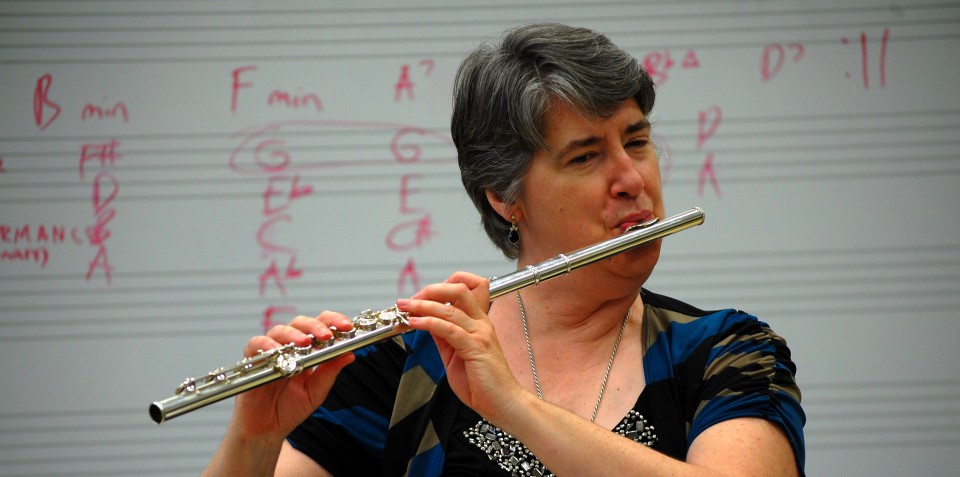
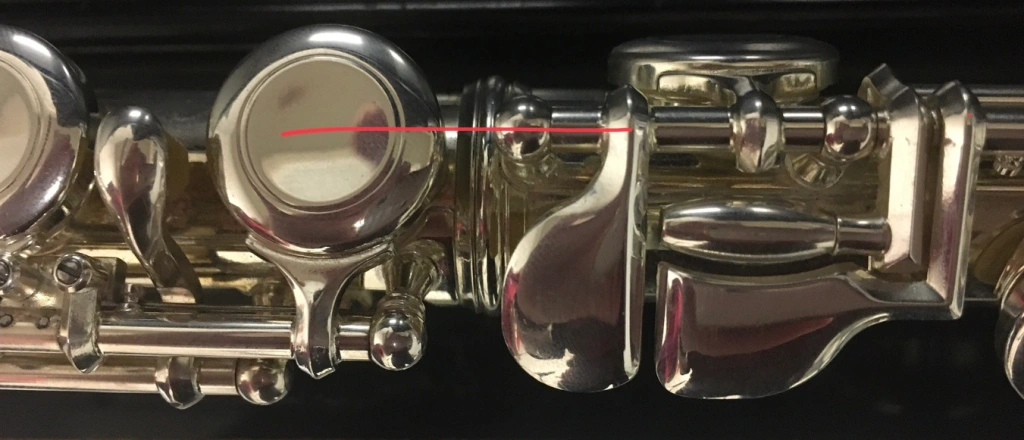




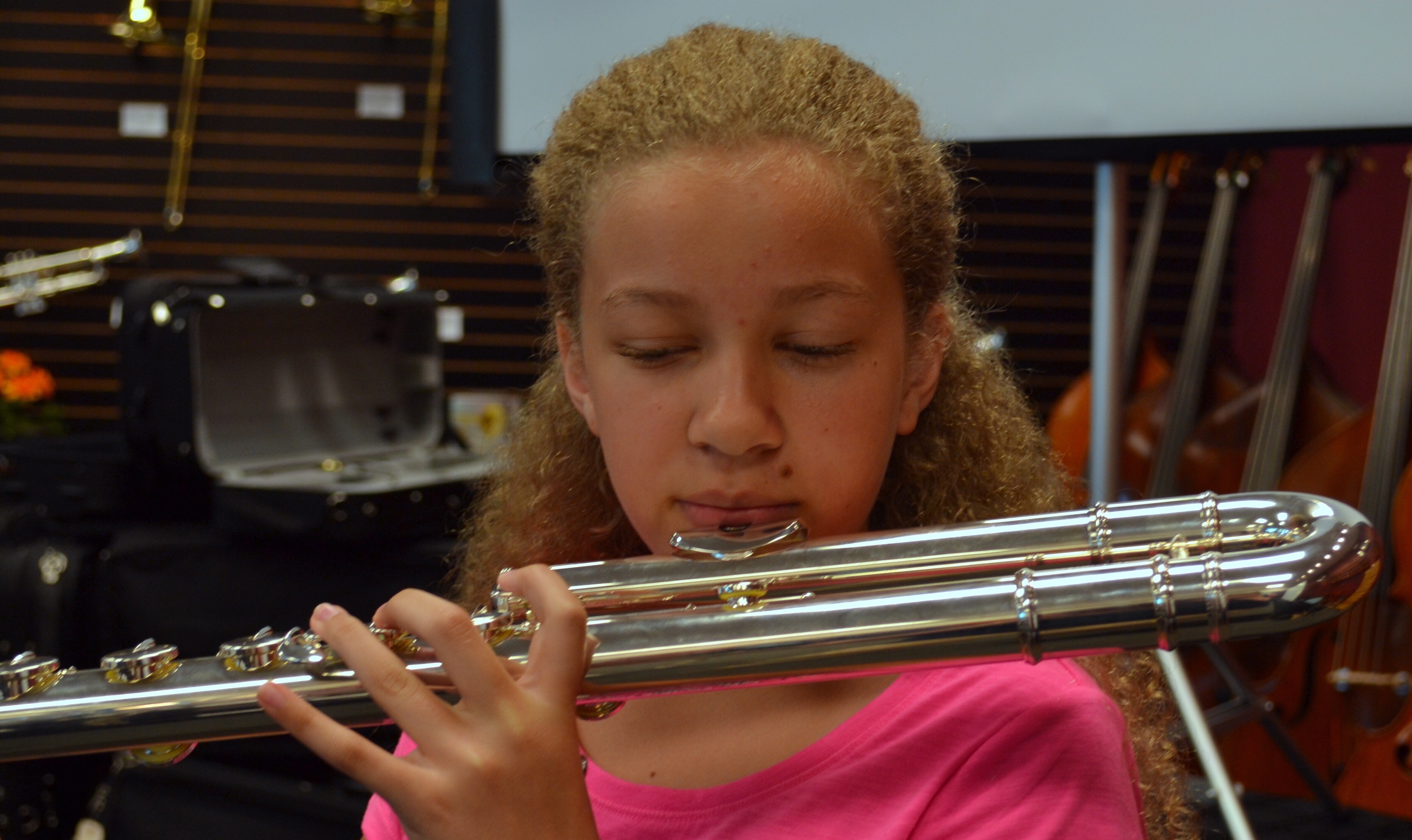 It’s been a banner year at Dr. Cate’s Flute Tips, nearly doubling the number of views of the previous three years just this year alone. There are now 100 different articles on all aspects of embouchure, tone production, hand and body position and teaching beginners. There are more new posts coming up in the new year. Your suggestions and comments are always welcome. With no further ado, the top ten posts for 2017 are:
It’s been a banner year at Dr. Cate’s Flute Tips, nearly doubling the number of views of the previous three years just this year alone. There are now 100 different articles on all aspects of embouchure, tone production, hand and body position and teaching beginners. There are more new posts coming up in the new year. Your suggestions and comments are always welcome. With no further ado, the top ten posts for 2017 are: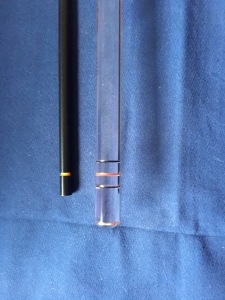

 Rather than talking about “support”, let’s talk about blowing. If I say, “Blow fast (or faster) air,” do you understand what you need to do? Do you think students will know what they need to do if you give them that direction? If the air is moving sufficiently fast, the tone will be supported automatically. Support is the consequence of blowing quickly enough. All those supporting muscles are engaged in the process of blowing. You don’t need to “do” anything else besides blow with sufficient air speed to have a supported sound.
Rather than talking about “support”, let’s talk about blowing. If I say, “Blow fast (or faster) air,” do you understand what you need to do? Do you think students will know what they need to do if you give them that direction? If the air is moving sufficiently fast, the tone will be supported automatically. Support is the consequence of blowing quickly enough. All those supporting muscles are engaged in the process of blowing. You don’t need to “do” anything else besides blow with sufficient air speed to have a supported sound.